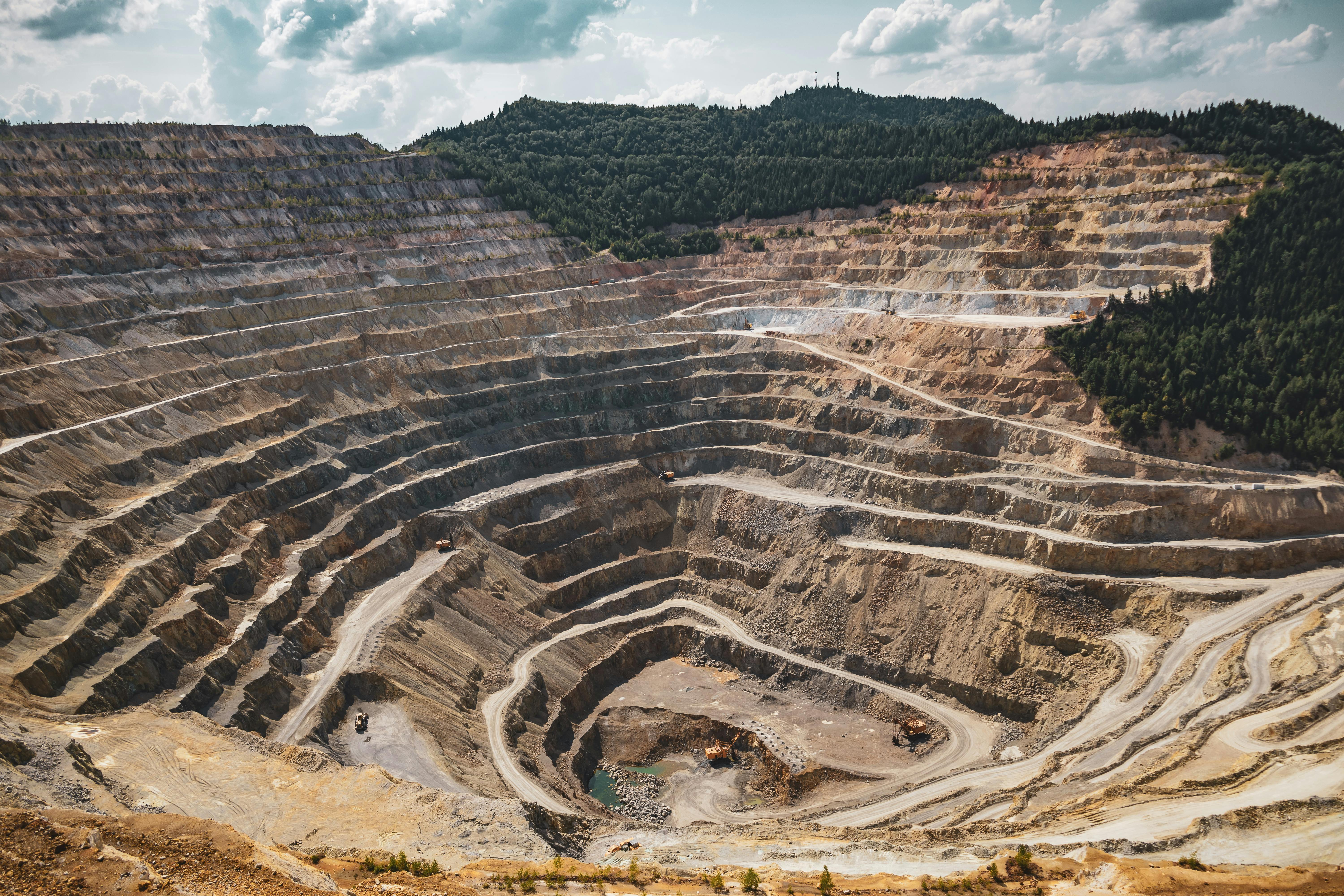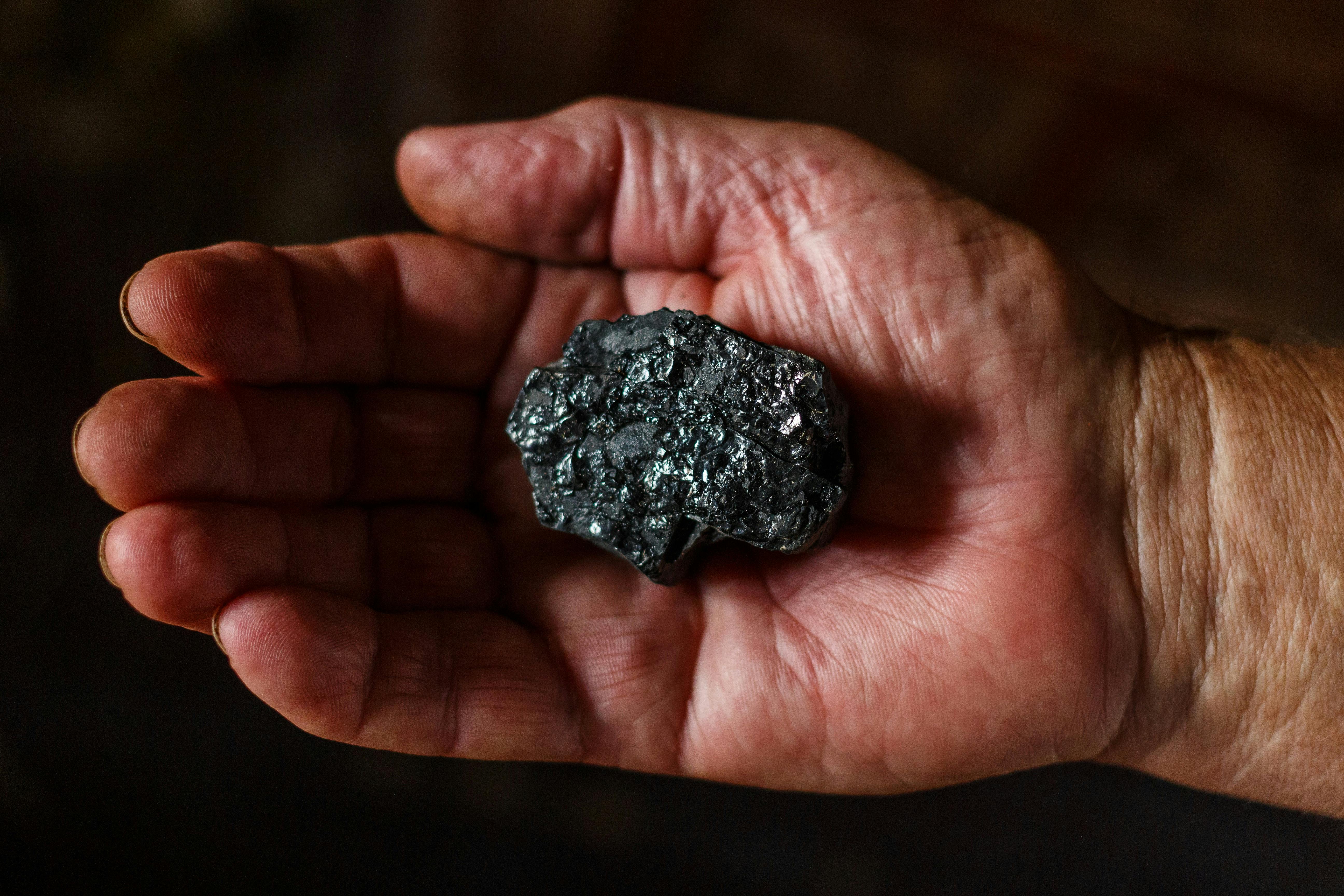Shifting Ground: How 2025’s Global Mining Moves Are Reshaping the Industry
Avalon deciphers the latest global developments—and what they mean for your operations.

Shifting Ground: How 2025’s Global Mining Moves Are Reshaping the Industry
The mining world doesn’t often make headlines outside of commodity markets or crisis moments. But in 2025, the sector is increasingly being pulled into the spotlight—not for what it is, but for what it enables. From the energy transition to defense capabilities, digital infrastructure to national sovereignty, mining is no longer just an industrial story. It’s a geopolitical one.
In recent months, several high-impact developments have unfolded across key mining regions, signaling a profound transformation in how minerals are sourced, processed, and valued. At Avalon, we’ve been tracking these shifts closely—not just because they shape global narratives, but because they influence the everyday realities of our clients on the ground.
Here’s a closer look at three global moves currently reshaping the mining landscape.

1. The U.S. Bets Big on Domestic Rare Earths
In July 2025, the U.S. administration announced a bold expansion of price support for domestic rare earth producers an effort aimed squarely at reducing the country’s long-standing dependence on Chinese imports. While the move borrows the structure of Cold War–era commodity support programs, it is rooted in very modern concerns: technological autonomy, national defense, and the clean energy transition.
What’s different this time is the scale of coordination between government and industry. Tech giants such as Apple and Microsoft are not just cheering from the sidelines they're actively being courted to co-invest in upstream extraction and processing.
Why it matters:
This pivot is about more than raw material sovereignty. It could reshape global supply chains, trigger new exploration activity in North America, and fuel demand for advanced, precision consumables required for hard rock and critical mineral extraction. For companies like Avalon, this means preparing for new specifications, new partners, and a faster pace of innovation.
2. Chile Reinforces Its Role in Global Copper Through Smelting Expansion
While the U.S. is focused on supply resilience, Chile the world’s top copper producer is zeroing in on value retention. In August, ENAMI, the country’s state-run mining body, opened investor talks for a $1.7 billion expansion of its Hernán Videla Lira smelter in the Atacama region.
Currently, a large portion of Chile’s copper is exported as concentrate. This move reflects a deliberate shift: keep more of the processing (and its value chain) within national borders, while also positioning the country to better serve the refined copper demands of electric vehicles, batteries, and power grids.
What’s notable is not just the size of the investment, but its strategic messaging: Chile wants to control not just extraction, but transformation. For mining operators, this could mean tighter standards, faster timelines, and increased demand for high-precision drilling and sampling tools during feasibility and expansion phases.
3. Global Producers Pull Back Dividends to Fund Strategic Growth
While governments focus on securing resources, mining majors are recalibrating their financial strategies. Facing weaker earnings due to falling commodity prices, giants like Rio Tinto, BHP, and Anglo American have started cutting dividends a decision that surprised many shareholders but reflects a long-term vision.
BHP is funneling capital into its $7.4 billion Jansen potash project in Canada. Rio Tinto is investing heavily to replace depleting iron ore assets. Anglo American is rebalancing portfolios around future-facing minerals such as copper and nickel.
The takeaway? Producers are preparing for what’s next not just managing what’s now.
This means that while current procurement may slow in some areas, the groundwork is being laid for larger, more integrated, and potentially more technologically demanding mining operations in the near future.
Reading Between the Headlines: What It Means for You
For suppliers and service providers like Avalon, these developments aren’t just news items. They are early signals of where demand, innovation, and regulation are heading. Here’s how they translate to your business:
- Exploration budgets are likely to rise in North America and South America, driving up demand for reliable, high-performance DTH and rotary consumables.
- Smarter, faster procurement cycles will become standard in Latin America as infrastructure investment accelerates.
- Technical support and product traceability will matter more than ever, as mining firms align with ESG and government oversight expectations.
Perhaps most importantly, flexibility will be key. The companies that thrive in this evolving landscape will be those able to adapt quickly to shifting specifications, logistical challenges, and changing customer priorities.
Final Thoughts
2025 is shaping up to be a defining year in global mining—not because of a crisis, but because of strategic alignment. Governments are getting serious about supply chains. Producers are investing in resilience. And the broader market is recognizing that mining is no longer just about what’s in the ground, but about who controls how it gets out—and where it goes next.
At Avalon, we continue to monitor these trends and adjust our support accordingly so you can focus on doing what you do best: drilling deeper, faster, and smarter.
We’re the future of the mining industry
Ready to push productivity, cut consumable spend and move your operation toward a lower‑carbon footprint? Talk to our engineers today and see what Avalon can do for your drill string.


